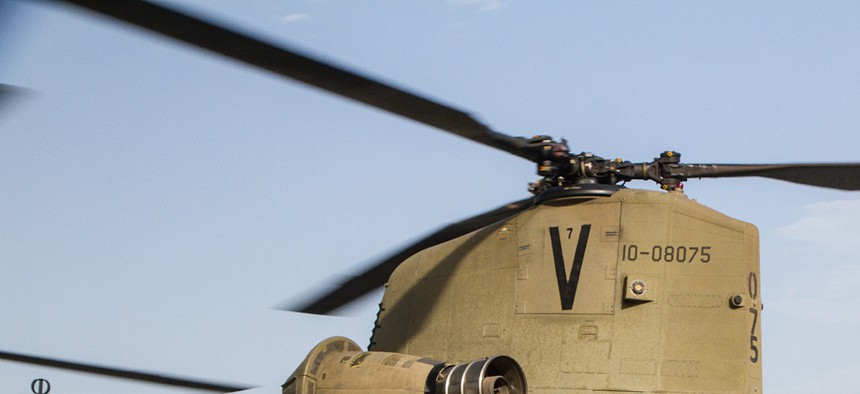
Troops First brought five wounded warriors to RC-East as part of Operation Proper Exit at Bagram Air Field. U.S. Army photo
The Army Will Lay Off 500 Majors This Month
The involuntary separations are part of the Army's plan to downsize to 490,000 soldiers by the end of 2015. By Eric Katz
The Army will lay off about 500 majors as part of its ongoing downsizing effort, the service has announced.
The military branch used involuntary separation boards to determine to determine where the number of soldiers exceeded future force requirements. The Army announced earlier this year it planned to select from a pool of 19,000 captains and majors to reduce the size of its force in the post-war era. The service laid off 1,100 captains earlier this summer.
The Army used two types of boards to choose which soldiers to separate: Office Separation Boars and Enhanced Selective Retirement Boards. The boards selected redundancies based on grade and rank.
Separated soldiers will be eased back into civilian life, the Army promised.
“We recognize we have a solemn responsibility to best ensure a smooth transition for our officers and noncommissioned officers,” the service said in a statement. “Accordingly, a number of programs have been developed to provide soldiers opportunities and options as they prepare to return to civilian life.”
Such programs include a partnership with defense contractors and General Motors to train the former soldiers in service technician positions, hiring summits, a variety of workshops and encouraging those laid off to join the National Guard or Army Reserves.
Some of the soldiers being forced out are currently deployed in Afghanistan and other overseas areas, the Army said, and will have 30 days upon notification to return home. All affected majors will be notified of their terminations in August.
The Army employed 513,000 troops as of June 30. It plans to reduce its forces to 490,000 soldiers by the end of 2015, and will slash an additional 20,000 positions by 2018. The service will also rely on naturally occurring retirements and separations to meet its goals, but a spokesman previously told Government Executive it is “probably a safe assumption…we will continue to look at involuntary separation boards for a while.”
NEXT STORY: What We Talk About When We Talk About the VA





